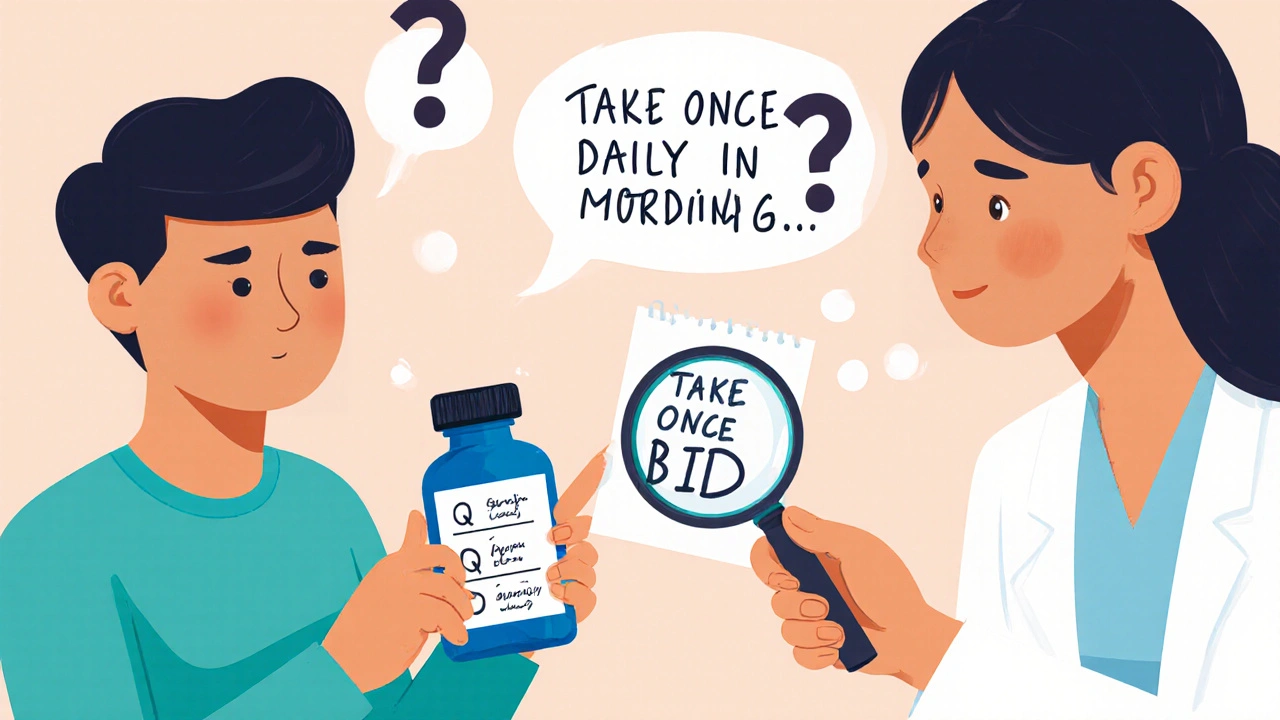Drug Dosing: How Much, When, and Why It Matters for Your Health
When you take a pill, the drug dosing, the specific amount and schedule of a medication prescribed to achieve a therapeutic effect without causing harm. Also known as medication dosage, it's not just about how much you swallow—it's about when, how, and with what you take it. Get this wrong, and even a perfectly good drug can fail to help—or worse, hurt you.
Drug dosing isn't magic. It's science shaped by your body. Factors like your weight, age, liver and kidney function, and even what you ate 30 minutes ago can change how much of the drug actually enters your bloodstream. That’s why Cmax, the peak concentration of a drug in your blood after taking it and AUC, the total exposure your body has to the drug over time are the two numbers doctors and pharmacists use to judge if a generic drug works like the brand name. If your Cmax is too low, the drug won’t work. If it’s too high, you risk side effects. And if your AUC doesn’t match what’s expected, you might be taking too much—or too little.
Timing matters just as much as amount. Taking carbidopa-levodopa, a Parkinson’s medication that must be taken on an empty stomach for best absorption with protein-rich food can block its effect. Meanwhile, levothyroxine, a thyroid hormone replacement needs to be taken alone, at least 30 minutes before breakfast, or your levels stay low. Even something as simple as eating with your NSAIDs can protect your stomach—or make your pain worse if you skip it. And then there are interactions: combining ACE inhibitors, blood pressure meds that can spike potassium when paired with certain diuretics with potassium supplements? That’s how you end up in the ER with a dangerous heart rhythm.
Drug dosing also changes with time. What worked last month might not work now. Your kidneys slow down as you age. Your liver processes drugs differently if you’re sick or drinking alcohol. Even something like a new antibiotic can interfere with how your body handles your other meds. That’s why patient-reported outcomes, your own daily notes on how you feel, side effects, or changes in symptoms are so powerful—they help doctors spot problems early, before they turn into emergencies.
And don’t forget delayed reactions. Some side effects don’t show up until days or weeks later—like a rash from an antibiotic, or depression from long-term opioid use. These aren’t mistakes. They’re part of the picture. That’s why knowing your drug’s full profile—what triggers it, how long it lasts, and what it might do to your gut, skin, or mood—is just as important as knowing the dose.
Below, you’ll find real-world guides that cut through the noise. From how to time vaccines while on immunosuppressants, to why your prednisone dose needs to be tapered, to how to check if your meds were recalled—this isn’t theory. It’s what people actually need to know to stay safe and get results. No fluff. Just clear, practical advice on getting drug dosing right.
Confusing medication instructions can lead to dangerous errors. Learn how to ask the right questions, spot red flags on labels, and get clear directions from your pharmacist or doctor to stay safe.

